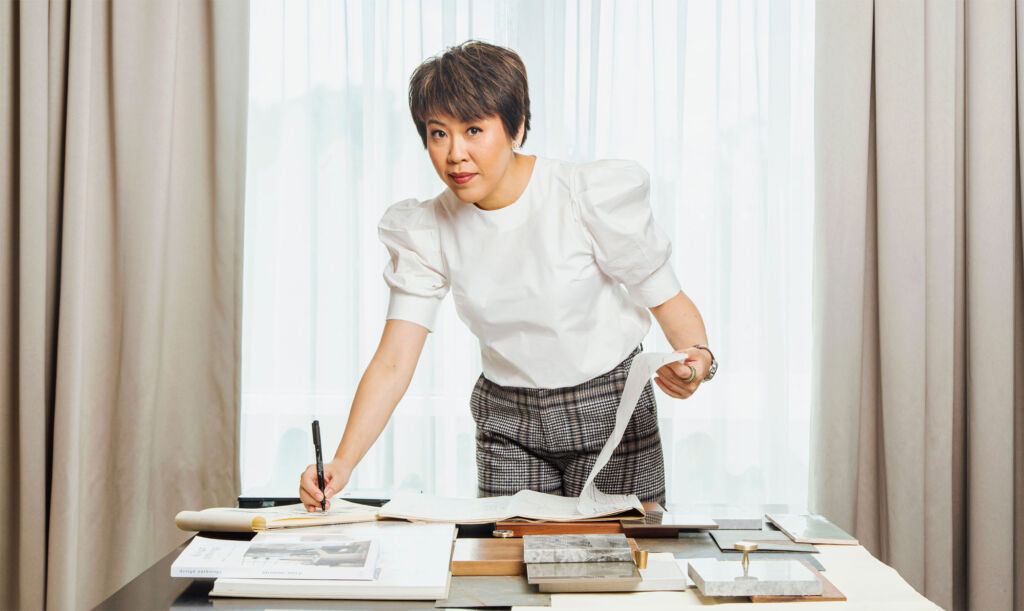
Ong Chin Huat speaks to architect Mil Yung, founder of Mil Design & Construction, about interior design trends post-pandemic and the importance of sustainability in her industry.
As a relatively young interior design studio, Mil Design and Construction, based in Kuala Lumpur, has garnered a considerable following among hospitality and residential clients with their design ethos of always designing from the heart and creating inspiring spaces. Having worked on two boutique hotels in Cambodia and currently working on a service apartment in the Maldives, it’s safe to say that Mil Design has earned its stripes among international clients.
In addition, having a well-known face such as the actor Henry Golding as a client also hasn’t hurt this award-winning full-service interior design company’s stellar reputation.
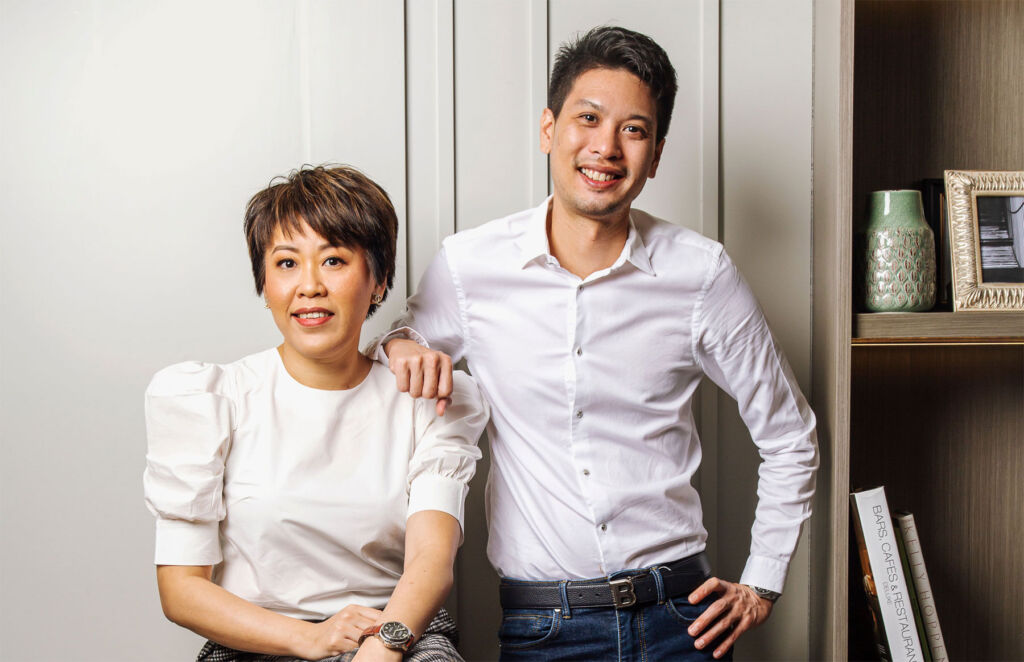
Mil Design and Construction was founded by a husband and wife team. Edward Lye is the Project Director, while his wife Mil Yung is the Creative Director. Mil graduated with a degree in architecture from RMIT University in Melbourne, Australia and has worked with some of the best-known architecture firms in the region. Mil specialises in areas of bespoke wood cabinetry and joinery works, and she was more than happy to sit down for a chat with Ong Chin Huat.
Luxurious Magazine: Tell us briefly about your interior architecture company, Mil Design & Construction and its design ethos.
Mil Yung: MIL Design & Construction was born in 2010 following a 10-year stint working around Melbourne, KL, Singapore & Tokyo. It was founded out of a passion for recreating interior architectural spaces, focusing on looking at each project more holistically. Bespoke detailing is how we describe it. We know each client is different, and we wanted our designs to reflect each person’s character. We knew it would be a very niche direction, but we wanted to move in this way right from the start. Our goal was to do away with ‘the masses’.
It has been 12 years, and while we have been fortunate to clinch a couple of international awards in recent years and even worked on Henry Golding’s home, we want to keep growing our team through more diverse projects. Currently, on our drawing board is a boutique hotel in Melaka, hotel apartments in the Maldives, a common area for a developer’s condo and residential homes in Kuala Lumpur. We’ll work on both refurbished old houses and brand new buildings, having done both extensively.
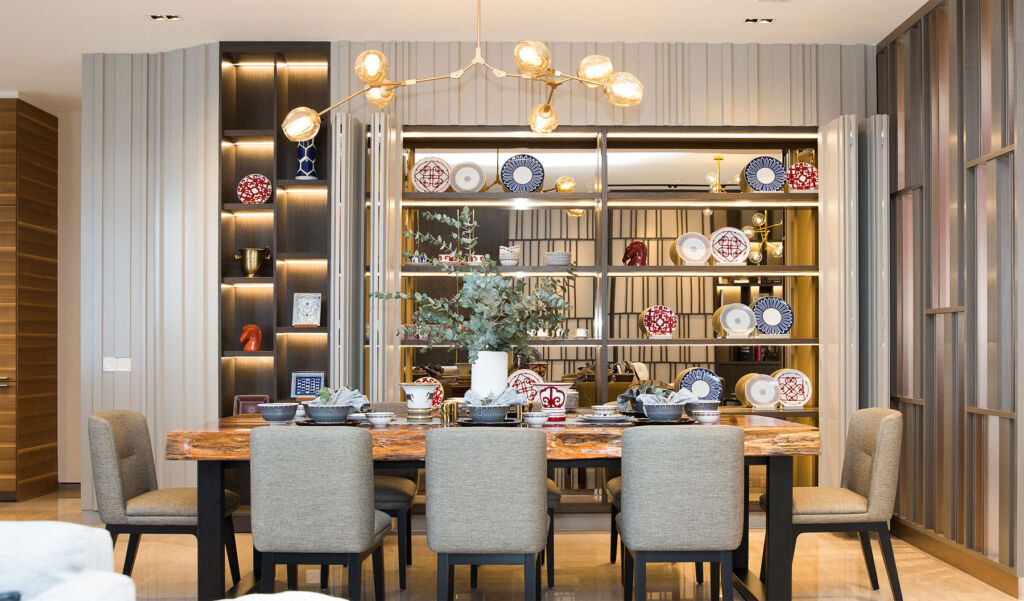
LM: Why did you and your husband decide to specialise in interiors instead of exterior architecture?
MY: After stints with Edward Suzuki Tokyo, Hijjas Kasturi Malaysia and SCDA Architects Singapore, I gained a lot of experience in interior architecture and styling. Edward Suzuki and SCDA were where I sparked an interest in residential interior and interior detailing, especially on the little nooks, fabrics, and furniture. Personally, I am more interested in designing to create experiences.
I still like architecture but certainly not on high-rise towers which is quite ironic because when I first trained at Hijjas Kasturi, my first project was a large-scale medical university campus.
LM: Does Mil Design have a signature look or design philosophy, or is each project you undertake something individual?
MY: Our company’s design philosophy is simple. We believe spaces are like choreographed moments where one walks through like a journey and is touched by visuals, and senses, both physically and emotionally. We believe in designing each project with a holistic approach. From paper to site, we see each detail in an artisanal way, almost like crafting an art piece.
Each project is different as we believe design caters to each client’s unique lifestyle and character. Personally, I love mixing vintage with contemporary.
LM: Which do you prefer working on, commercial or residential projects, and why?
MY: That’s a tricky question because, to be honest, we like both. We have worked on a refurbishment project that involved transforming six 50-year-old shops in Kuala Lumpur into a learning academy to house corporate training classes and school spaces for youths with ASD (Autistic syndrome). It is called the Gamuda Learning Centre and Enabling Academy.
It was very challenging, to say the least, having had to address tight budgetary constraints, timeline and multiple structural & M&E issues with the team consultants, as well as working with the numerous in-house departments and the department leading the ASD youth team.
Along the way, we learnt how to design for youths with ASD and the unique interior requirements needed, such as lighting and colours. The challenges were multiple, but the satisfaction was unbeatable, especially when we won a couple of international awards for this project. And seeing how the academy is put to good use now was worth all the effort.
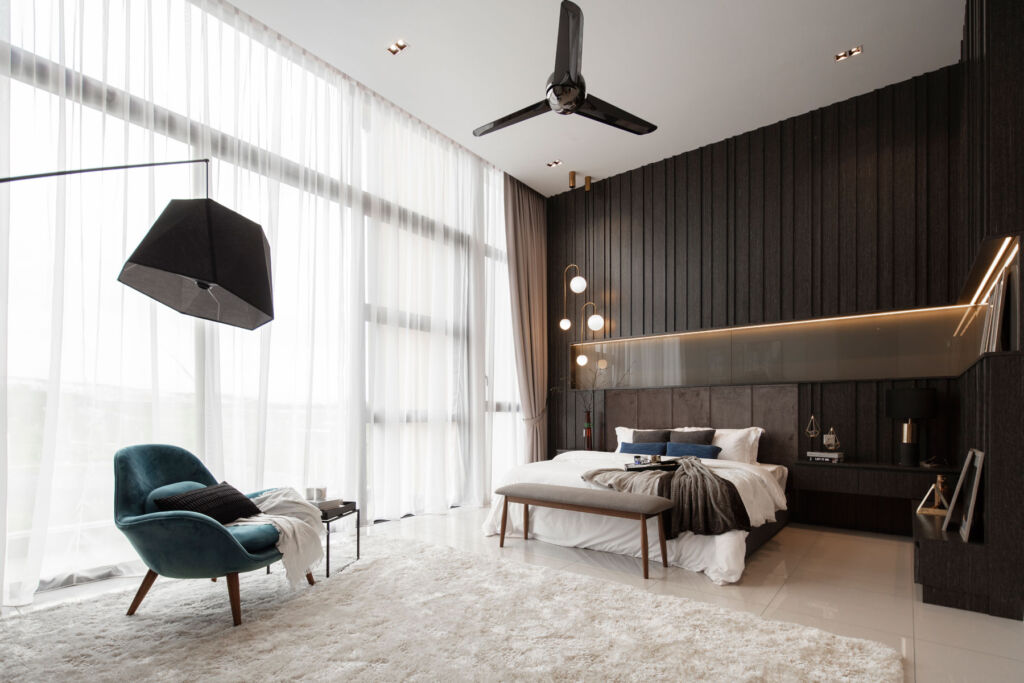
LM: What trends do you see in interior design in the past few years?
MY: In the recent post-pandemic years, people’s lifestyles have changed tremendously, and we think interior design should also change/align to address these new trends. It could be workplace trends or home living lifestyles. Spaces have become more flexible, and each room or space’s functions have become more versatile instead of rigid. Technology changes have also affected how spaces are designed now, with furniture being less bulky and more modular.
There is also a newfound interest in outdoor, green spaces, and even green living. I think trends for interior should be moving towards more seamless outdoor spaces and more sustainability and flexibility.
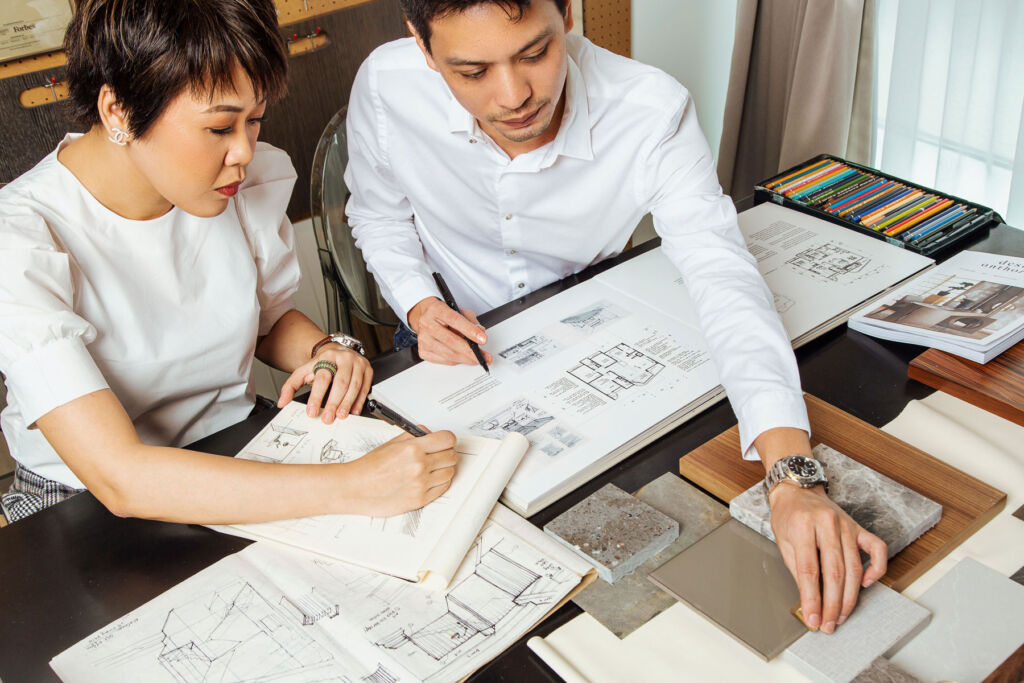
LM: How would you describe the design scene in Malaysia? Is there variety and different points of view?
MY: We are young and adventurous. But I think that we should go towards more cross-overs, such as borrowing more elements from design-driven industries such as fashion. On the other hand, we should also try to create a stronger Malaysian identity in design and incorporate more vernacular design elements. I’ve always loved the Malay kampong house, and I try to incorporate lanai spaces in my designs. I think the design scene in Indonesia and Thailand is more mature with a constant cross-over of artists, sculptors, architects, etc.
When I was in architecture school in Melbourne, we were allowed to take fashion and subjects such as history were compulsory. Studying the history of Coco Channel and the style of that period opened my mind drastically; today, I try to find inspiration from different industries.
LM: How important is sustainability when it comes to your work? Is it possible to incorporate sustainability in every aspect of design?
MY: It is very important. We try to incorporate sustainability whenever possible. We did a refurbished restaurant in a bungalow in Kuala Lumpur and salvaged most of the roof tiles and other materials. In another project for Gamuda Learning Centre, we successfully used 100% green material for the flooring, which is green label approved and, in addition, re-used more than 60% of the original building elements.
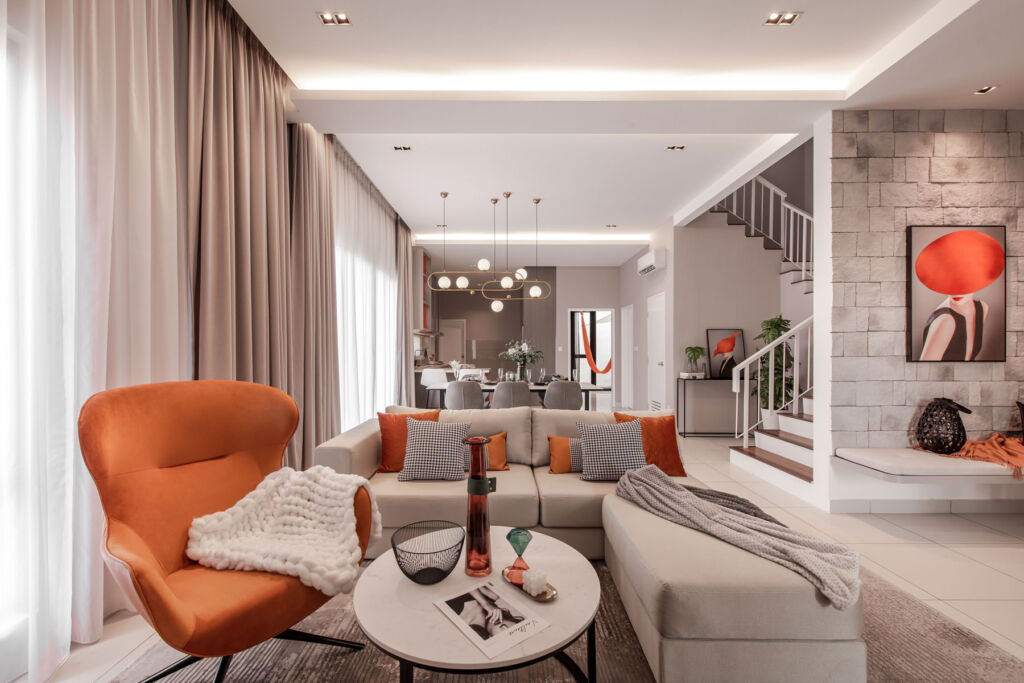
LM: What kind of challenges do you face when working with clients? How do you overcome these difficulties?
MY: Oh, too many! But the most significant challenge would be that some clients come to us with a closed mind and a vague brief. They begin by saying that they know what to do with the building and refuse to be open to new ideas. But as we move towards design development, they realise that new or untapped ideas may form and develop differently.
I love to see their surprised and satisfied faces at the end of the design sign-off! It’s just priceless. We overcome this by close communication, standing firm on our ideas and going all out to explain and convince them.
LM: How would you describe your own style when it comes to interior design?
MY: I like many styles from vintage to Parisian chic with contrasting colour mixes, from monochromes classic to contemporary. But my personal favourite is 1920s Art Deco. MIL Design & Construction likes to work with an interplay of textures and colours for our projects. But we always start the design process by looking at the person, the human element, the site and the client’s unique character or the branding for commercial projects.
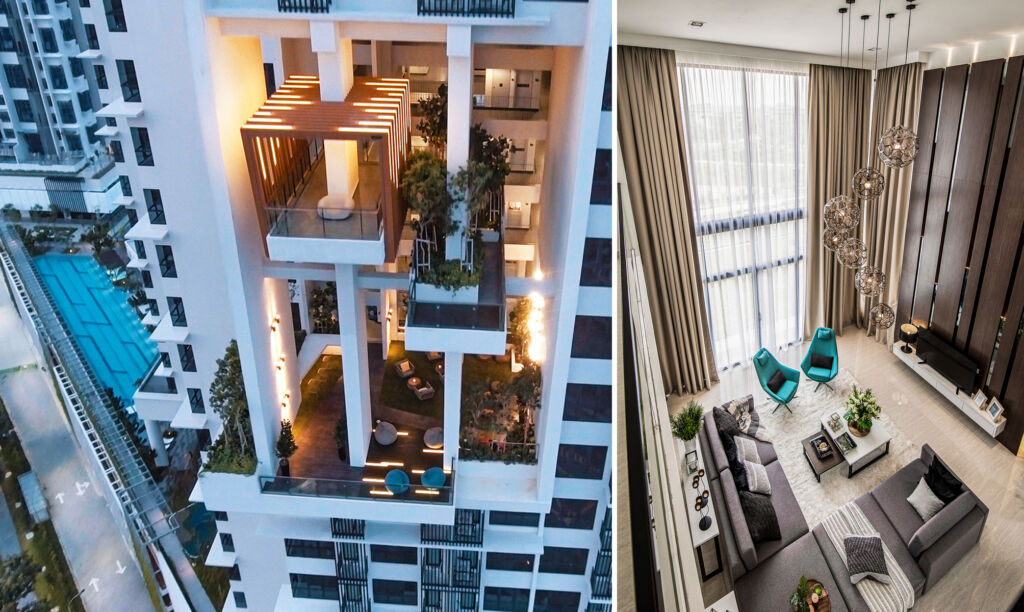
LM: What constitutes good design, in your opinion?
MY: I always believe that we design for people. It is about that unique human touch. It should provoke you. It is a good design if I walk into a space and if it touches my heart.
LM: What’s your definition of good taste?
MY: Well, we think you have good taste. We think individuality is good taste. Never be afraid to create your own style, listen to your heart and never follow trends blindly just to jump onto the bandwagon. Good taste is to be true to yourself and be confident in it.
For further information on Mil Design & Construction, please visit www.mildesign.com.my.
Read more property features, news and profiles here.
![]()


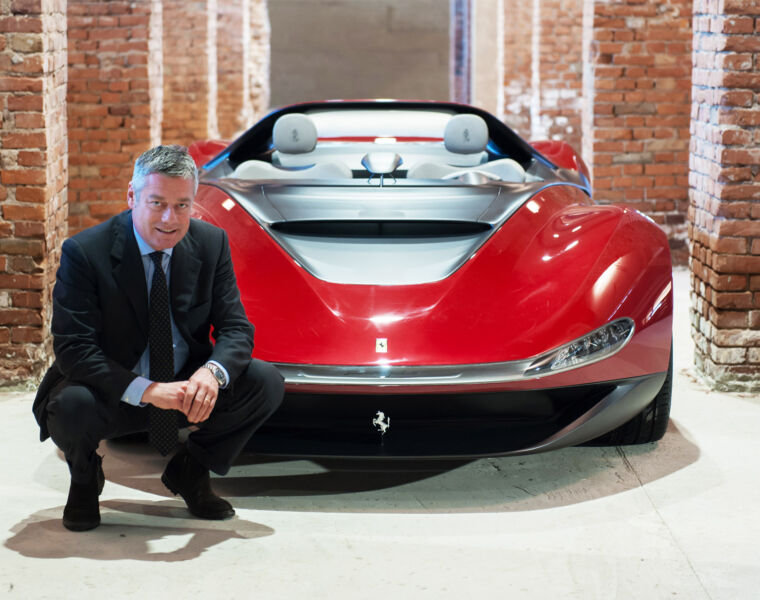

You must be logged in to post a comment.